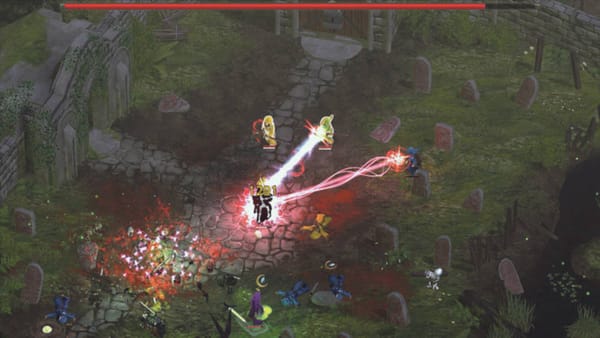Cities in Motion: Finally, a SimCity destroyer?
We review the most detailed mass transit simulator yet

Cities in Motion is a complex transport simulator based on a simple concept – you have to build and manage the public transport system in a city. While this isn’t the type of game I’d usually opt for, I decided to take the plunge and take a look at what it had to offer.
But first, I have to make a comment about the specification that this game demands – I had major problems getting the game to run smoothly (or at all). On my laptop (powered by a 2.27GHz i5) the tutorial crashed every time and the campaign was utterly unplayable – the screen updated about once a second. Even when I installed the software on my gaming rig there were still huge issues. Enabling anti-aliasing would cause masses of slowdown if using the mini-viewport (an area of the window where you could monitor a selected point on the map), and disabling it caused display problems with some vehicles – I was presented in places with a blank, white space that would only be drawn when and where the vehicle intersected with it. Disabling HDR lighting solved the problem, and while the game looked a lot dimmer and less dynamic without it on it was the price I had to pay to have a fully functioning game.
With all the settings sorted, Cities in Motion is a very good-looking game. The textures are detailed, with realistic-looking buildings and interesting variation between individual cars. The behaviour of the water particularly impressed me, especially with accurate-looking reflections that get perturbed by the ripples in the water. Overall, the game presents a very pretty spectacle.
Of course, the gameplay is a lot more important than how good the game looks. The tutorial gives a good introduction to the various aspects of the game, even with the slight niggle of having to click a green question mark button at the bottom of the screen to see the ‘objective complete’ message and then again to look at the next objective. Once I had finished with the tutorial, I was ready to delve into the game proper.
The main objective is to have a well-equipped, customer-satisfying and profitable public transport system running in your city. With transport options including buses, trams, and the metro (which can run on up to three underground levels, at ground level, or elevated above ground level), you’re given a lot of freedom when it comes to deciding how best to run your system.
Cities in Motion has complex underlying mechanics that make it not only more interesting but also more challenging
It quickly gets more complicated however. Cities in Motion has complex underlying mechanics that make it not only more interesting but also more challenging. Customers will soon become dissatisfied with things like having to wait too long for a bus (I certainly know that feeling…), and this will damage your company’s reputation – an integral part of keeping people using your transport links. As time rolls on, you are offered objectives that, if taken and completed successfully, will give you a reputation boost as well as a healthy cash bonus. These add more direction to the game and help to keep play flowing.
In between these objectives I had time to notice the little things about the game that made a big difference. The attention to detail in the game is excellent. Occasionally a fire will break out, requiring a fire engine to go out to the scene, traffic will start to build up in an area, which causes irritated drivers to start beeping their horns, and more besides.
The realism doesn’t stop there: fare prices and staff wages can be altered for each method of transport, with obvious effects on your happiness if set incorrectly. You can look at the global economy growth on a map, apply for a loan from a bank if money is tight, and even start a marketing campaign (with different types of campaigns appealing to different society groups) to improve the image of your company. It all adds to the experience, making it fuller and richer through the realism and immersion.
Alongside the campaign is the sandbox mode which, when coupled with the quite frankly amazing and comprehensive map creator, is where enthusiasts will probably spend most of their time. You can use one of the existing maps from the campaign, or one of your own creations, to build a transport system from scratch – with no restrictions other than the budget you set yourself. The lack of objective may not appeal to all, but those looking to form the perfect transport system will surely be challenging themselves in this mode.
I have to say, Cities in Motion impressed me. It was a lot more feature-packed than I expected it to be, and once it was working properly it provided a mostly enjoyable playing experience, especially with the little features that made everything feel that little bit more immersive. It’s certainly a game that I’ll be picking up again soon, even though it may not have made me a convert to the genre.
Felix Games would like readers to be aware that we played a pre-release build and the graphical problems encountered are likely to have been fixed in the release edition.
Cities in Motion is available now from Paradox Interactive and Collosal Order for PC.









